A series of increasingly powerful earthquakes have struck the Afar, Amhara, and Oromia regions, damaging homes and infrastructure, and forcing authorities to scramble to evacuate residents. The quakes, which have grown in magnitude and frequency, are causing panic and disruption across affected areas.
On Saturday alone, over seven earthquakes were recorded, with magnitudes exceeding 4.4, according to the United States Geological Survey. The strongest, measuring 5.8, hit Fentale and Dulecha woredas of Afar region on Thursday night, while a 5.7 magnitude quake followed on Saturday.
The FDRE Government Communication Service confirmed that the earthquakes have intensified in recent days, prompting efforts to assess damage and mitigate further risks. The Afar regional and federal governments are leading evacuation efforts in Awash Fentale and Dulecha woredas, part of the Gabi Resu zone in Afar.
Authorities are particularly worried about the Kessem Dam on the Kessem River, fearing the tremors could lead to a catastrophic collapse that would endanger tens of thousands of lives and destroy homes and infrastructure.
Residents are already experiencing serious damage. Ali Said, a displaced resident from Segentu kebele in Dulecha, said that 40 houses in his neighborhood have been damaged. Cracks are visible across the ground and structures.
The Kessem Sugar Factory, located in Awash Fentale and Dulecha, suffered damage to workers' dormitories and facilities. The factory’s general manager, Ali Hussein, said workers have been evacuated to Amibara woreda’s Awash Arba town, about 30 kilometers away. Many are now living in open fields, creating a humanitarian crisis.
Factory operations have ceased, with schools, hospitals, and other institutions in the area shutting down due to ongoing tremors. “The administration, warehouse, and operating stations are completely closed,” Ali stated.
An eruption occurred about a kilometer from the factory last week, releasing hot springs and foul-smelling gas, further unsettling the community.
The situation has worsened since December 18, with over 10 volcanic eruptions recorded around Mount Fentale, according to Abdu Ali, administrator of the Gabi Rasu zone.
The epicenter of the earthquake extends across 12 kebeles, dangerously close to the Kessem Dam, raising fears of a potential collapse that could devastate nearby communities. Many homes in Afar have been damaged, prompting residents to flee on foot and by vehicle.
Mohamed Adem, a regional water and sewage official, deeply worries about the lives at stake if damage happens to the dam. “There are two threats, the earthquake itself and the possibility of the dam breaking. If that happens, only Semera city in the whole Afar region might escape destruction,” Mohamed told Fortune.
The government estimates that 80,000 people live in the earthquake-prone areas. As of last week, 37,000 people were evacuated from four kebeles in Awash Fentale woreda. In Dulecha woreda alone, more than 10,000 people left their homes. The tremors have also affected Amibera, Werab, and Awash woredas.
Kedir Hassen, head of Kebena kebele, Dulecha woreda, is among those displaced and now shelters in Awash Arba. “We’ve lost everything and are struggling to survive. We urgently need help,” he said. The lack of food, water, and shelter is especially severe for the elderly and disabled.
The chaotic displacement has separated families, and many livestock have been lost or scattered. In Melke Sedi town, displaced communities report severe shortages of food and water. “We are drinking from the Awash River, which is unsafe and could lead to health problems,” said Ali, another evacuee.
The crisis has created economic strain. Residents are paying up to 20,000 Br for Isuzu trucks to transport belongings to safer areas like Awash Sebat and Awash Arba. Smaller transport, like bajaj rides, costs between 4,000 Br and 10,000 Br.
Musa Hassen, head of education and disaster prevention at Awash Fentale, told Fortune that the Ethiopian National Defense Forces (ENDF) has been involved in the evacuations. ENDF began moving people by patrol trucks on January 3, continuing the next day from areas such as Kessem, Kebena, and Boleyta. Over 2,000 people have already fled their homes.
Temporary shelters have been set up in Awash Arba town of Amibera woreda, but evacuees say these are insufficient, leaving many families stranded in open fields.
Natnael Agegnehu, head of Geodesy & Geodynamics at the Ethiopian Space Science & Technology Institute (ESSTI), stated there were over 100 earthquakes last week alone. “The closer to the epicenter, the higher the risk,” he said. Natnael says that the government should ensure improved urban planning to mitigate earthquake impacts in the future.
Atalay Ayele (PhD) warned that recent earthquakes have been more intense than usual. “We must not get complacent. Highest magnitudes were recorded this week,” he told Fortune.
PUBLISHED ON
Jan 05,2025 [ VOL
25 , NO
1288]
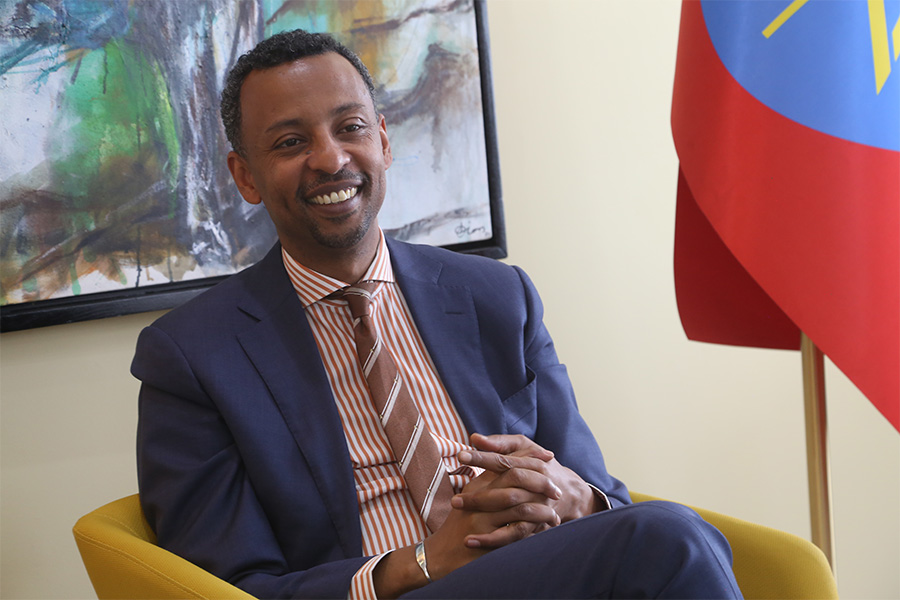
Dec 22 , 2024 . By TIZITA SHEWAFERAW
Charged with transforming colossal state-owned enterprises into modern and competitiv...
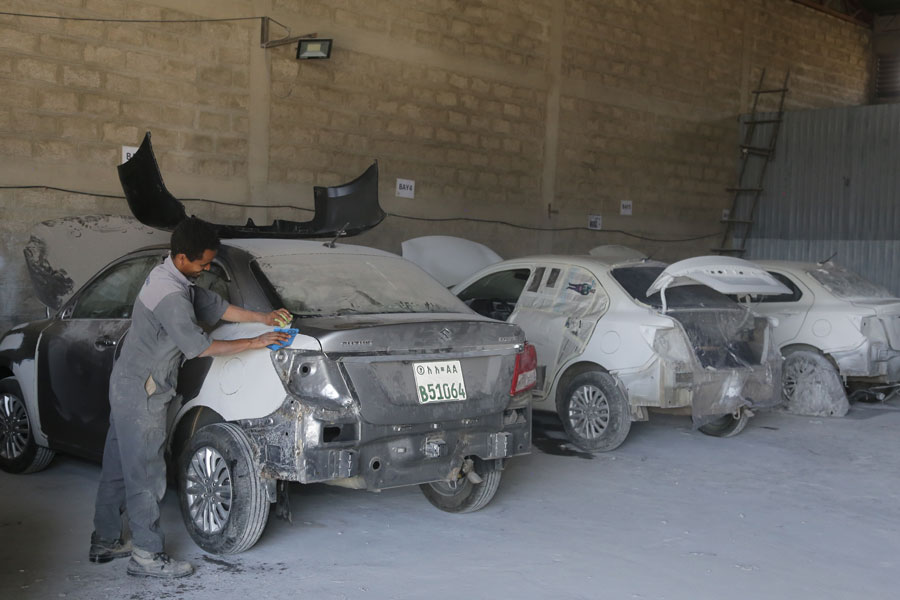
Aug 18 , 2024 . By AKSAH ITALO
Although predictable Yonas Zerihun's job in the ride-hailing service is not immune to...
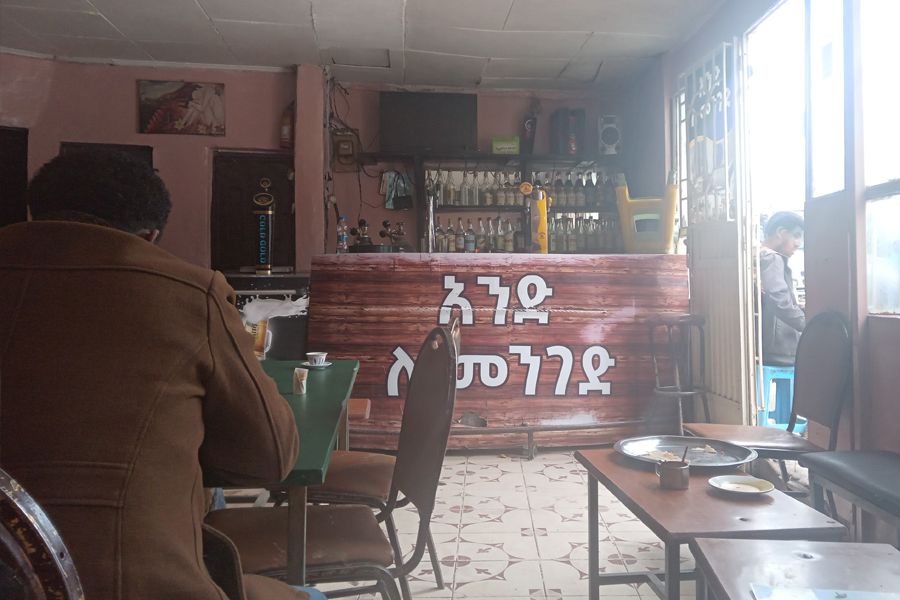
Jul 28 , 2024 . By TIZITA SHEWAFERAW
Unhabitual, perhaps too many, Samuel Gebreyohannes, 38, used to occasionally enjoy a couple of beers at breakfast. However, he recently swit...
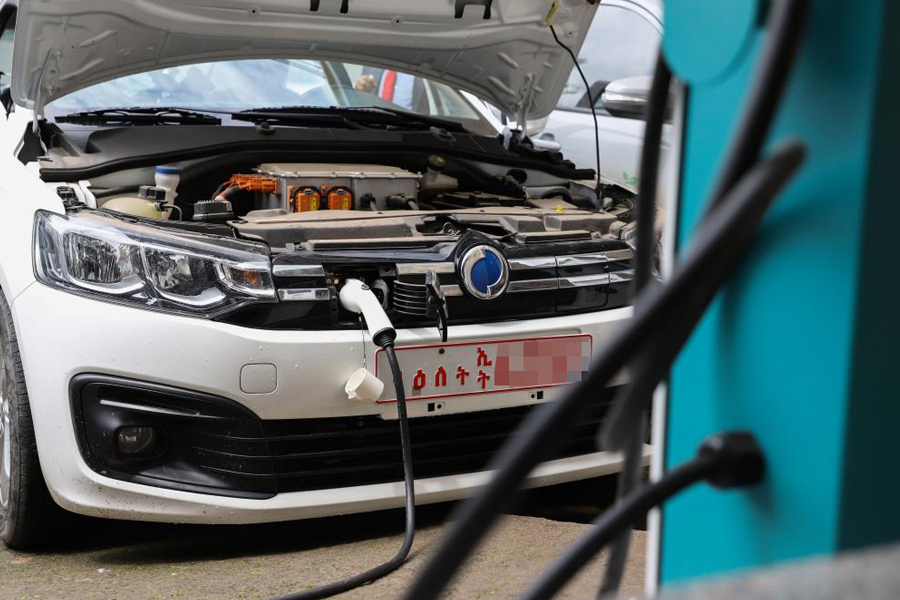
Jul 13 , 2024 . By AKSAH ITALO
Investors who rely on tractors, trucks, and field vehicles for commuting, transporting commodities, and f...

Jul 5 , 2025
Six years ago, Ethiopia was the darling of international liberal commentators. A year...
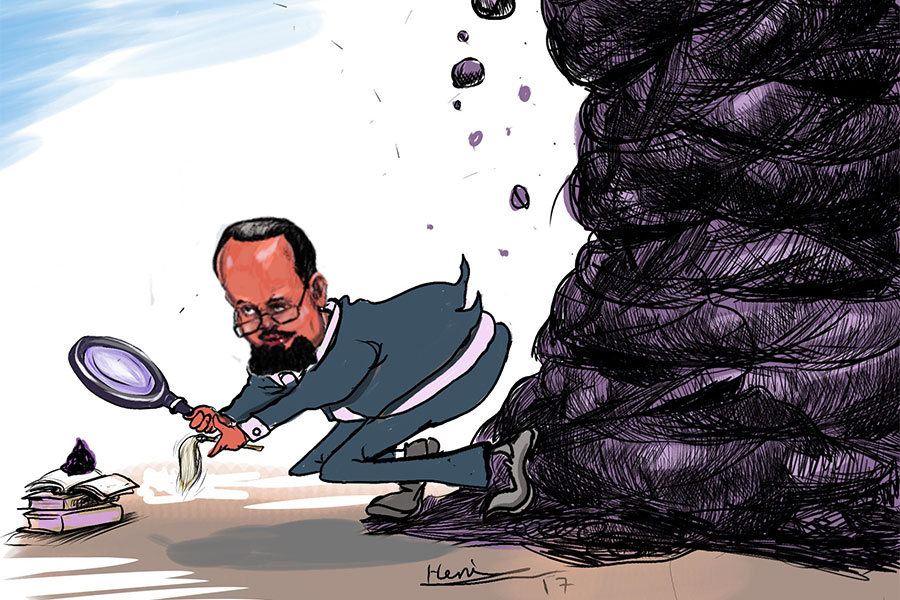
Jun 28 , 2025
Meseret Damtie, the assertive auditor general, has never been shy about naming names...
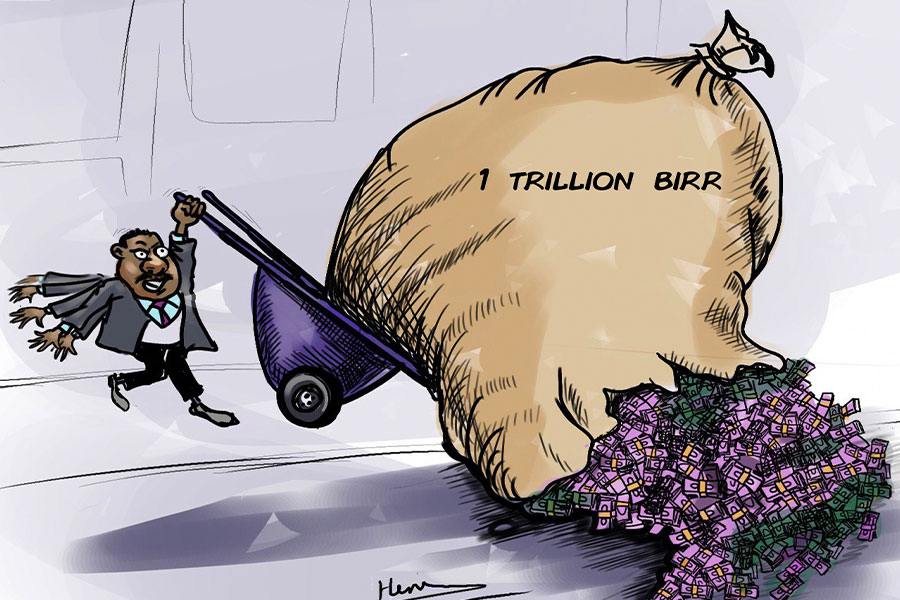
Jun 21 , 2025
A well-worn adage says, “Budget is not destiny, but it is direction.” Examining t...
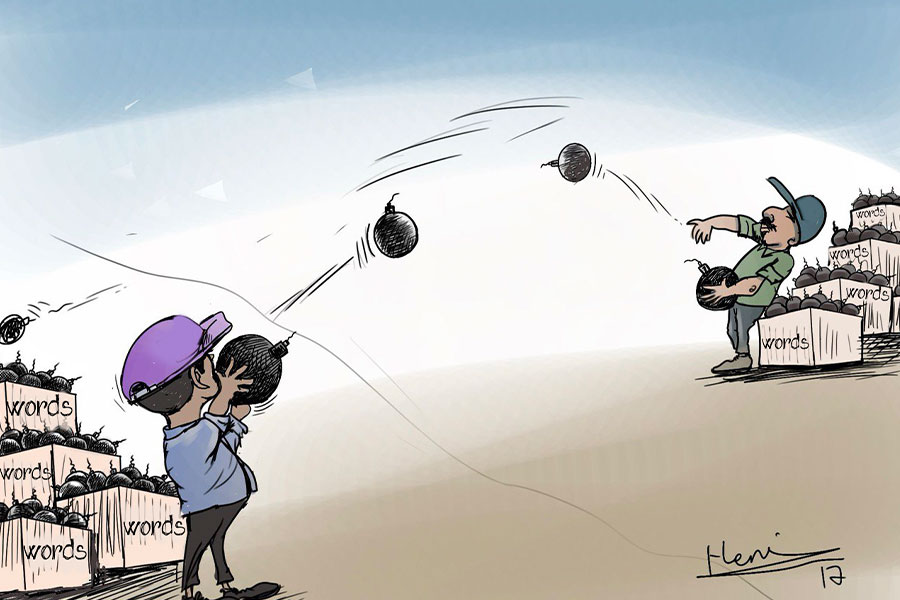
Jun 14 , 2025
Yet again, the Horn of Africa is bracing for trouble. A region already frayed by wars...